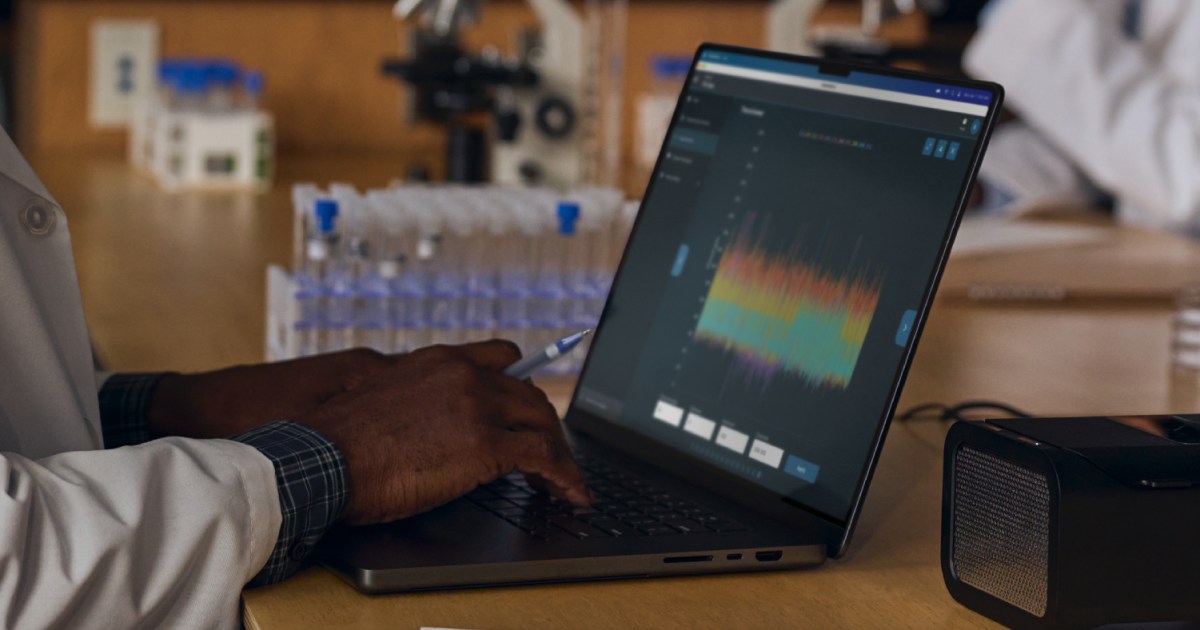Apple has officially announced the M4 MacBook Pro in both 14-inch and 16-inch screen sizes. In addition to the base M4 model, they also come in M4 Pro and M4 Max configurations in both sizes.
But let’s be real: the M3 MacBook Pro was already a fantastic laptop. Is it really worth upgrading to the new model? I won’t know for sure until I’ve tested them myself, but here are the six major changes you need to know about when it comes to the next generation of MacBook Pros.
The M4, of course
The main reason to be interested in these new MacBook Pros, of course, is the M4 chip inside. The M4, M4 Pro, and M4 Max are all still options, and they actually still come with the same CPU core counts as in the previous generation. The highest-end configuration of the M4 Max has a 16-core CPU, which comes with 12 Performance cores and four Efficiency cores.
Apple proclaims the M4 as “the world’s fastest CPU core,” playing up the increased single-threaded performance. The graphics have improved as well, despite the fact that GPU core counts haven’t changed either. But the cores themselves should have higher frequencies and wider video memory bandwidth, resulting in better graphics.
Apple provided a few notable examples of improved performance in a variety of apps such as Redshift and Cinema 4D, as well as the upcoming game Control, but we’ll have to wait until third-party testing comes out to see what the gen-over-gen improvements prove to be. That’ll remain true with AI performance as well, given Apple’s claims about the improved efficiency of the M4 Neural Engine, which is twice as fast as the previous generation.
More, faster RAM

Apple has bumped the memory in its base configuration of the M4 from 8GB to 16GB. The fact that Apple was selling a “Pro” device with only 8GB of RAM has been a sticking point for years now, so it’s great to see that rectified.
At the time, the company had defended its decision to stick with 8GB for the M3 MacBook Pro by claiming 8GB on a Mac was equivalent to 16GB on a Windows machine. Regardless of whether that’s true or not, many of the MacBook’s competitors moved to 16GB as a starting configuration option this year, most notably because it’s a requirement to be given the “Copilot+” designation.
Apple has also made this move on the M4 iMac and M4 Mac mini, both announced earlier this week. Even the MacBook Air got this update to RAM, to the surprise of everyone.
On top of that, the new memory has 30% wider bandwidth across all configurations, regardless of the capacity you choose.
Brighter, less reflective screens

There are two changes coming to the MacBook Pro’s display in this generation. First off, the mini-LED panels now go up to an insane 1000 nits of brightness in SDR. That’s unheard of in the world of laptops. If it turns out to be true, it’ll be hundreds of nits brighter than the current MacBook Pro. Of course, the screens can also reach a 1600 nits of peak brightness in HDR content.
Secondly, the new MacBook Pros now have the option for upgrading to a nano-texture display. This is Apple’s high-quality solution for reducing glare and reflections without resorting to matte coatings that can suck all the clarity and brightness out of displays.
Apple made this an upgrade option for the new M4 iMac earlier this week, but the technology first appeared on the Pro Display XDR, and then again on the 2017 27-inch iMac. This marks the first time, however, it would come to a MacBook.
A better webcam
This generation takes the 1080p FaceTime camera and upgrades it to a higher-resolution 12 megapixel, which alone is a pretty dramatic improvement in quality and should make video calls a bit crisper.
On top of that, though, the M4 MacBook Pro’s camera has a couple of tricks up its sleeve. Center Stage is the obvious one, which will automatically center your face on camera in the same way the iPad’s camera does. On the Mac, you can even manually tweak this to set up your shot perfectly.
With the M4 MacBook Pro, Desk View also comes to the Mac, allowing you to get a top-down view of your desk, which can come in handy during video calls and presentations.
Thunderbolt 5

The port selection on the M4 MacBook Pro hasn’t changed. But there’s one improvement here with the USB-C ports, which are now Thunderbolt 5.
That allows transfer speeds of 120Gb/s, which is a huge jump over the 40Gb/s in the previous Thunderbolt 4 ports on the MacBook Pro.
More battery life
The battery life wars are raging on, and Apple isn’t about to sit on the sidelines. The M4 MacBook Pro moves the goalpost from the previous 22 hours up to 24 hours. Of course, all the typical caveats come into play about realistic battery life compared to video playback. And yet, two more hours is two more hours.
As with the previous generation, I expect that to dip by a few hours on the M4 Pro and M4 Max, but I’ll have to reserve my judgment until I can test them out myself.
Space Black for all
The last noticeable change in the new MacBook Pros is in chassis color options. Space Black, which debuted on the 16-inch M3 MacBook Pros last October, is replacing Space Gray.
Space Black is now on all of the configurations of the 14-inch MacBook Pro to spread the love. It might not be the most substantial change, but it’s certainly one people were asking for.
Read the full article here














